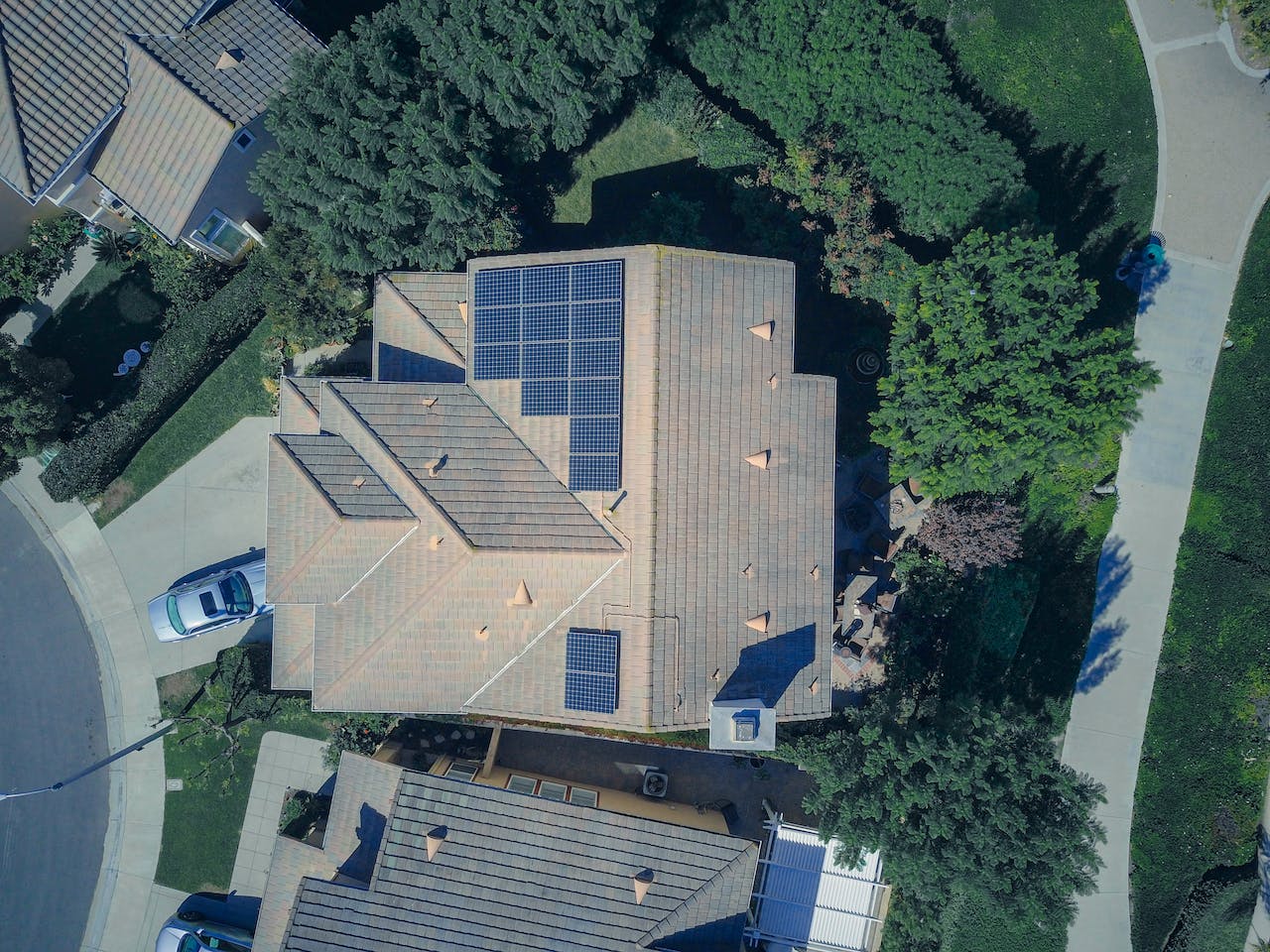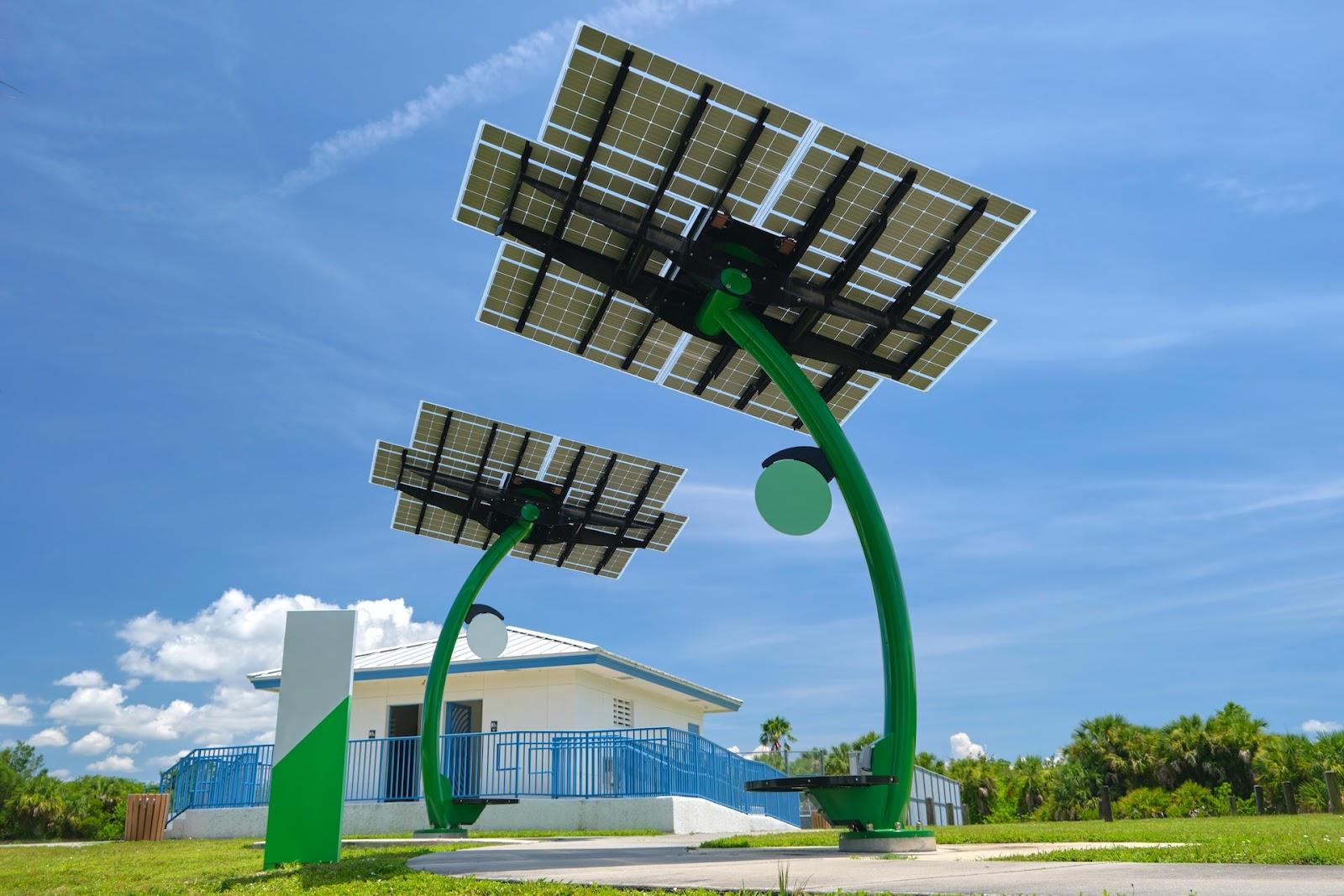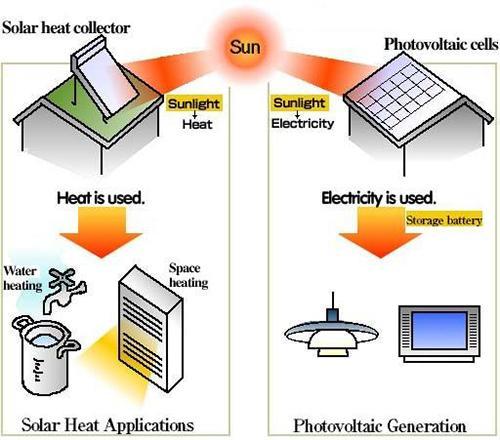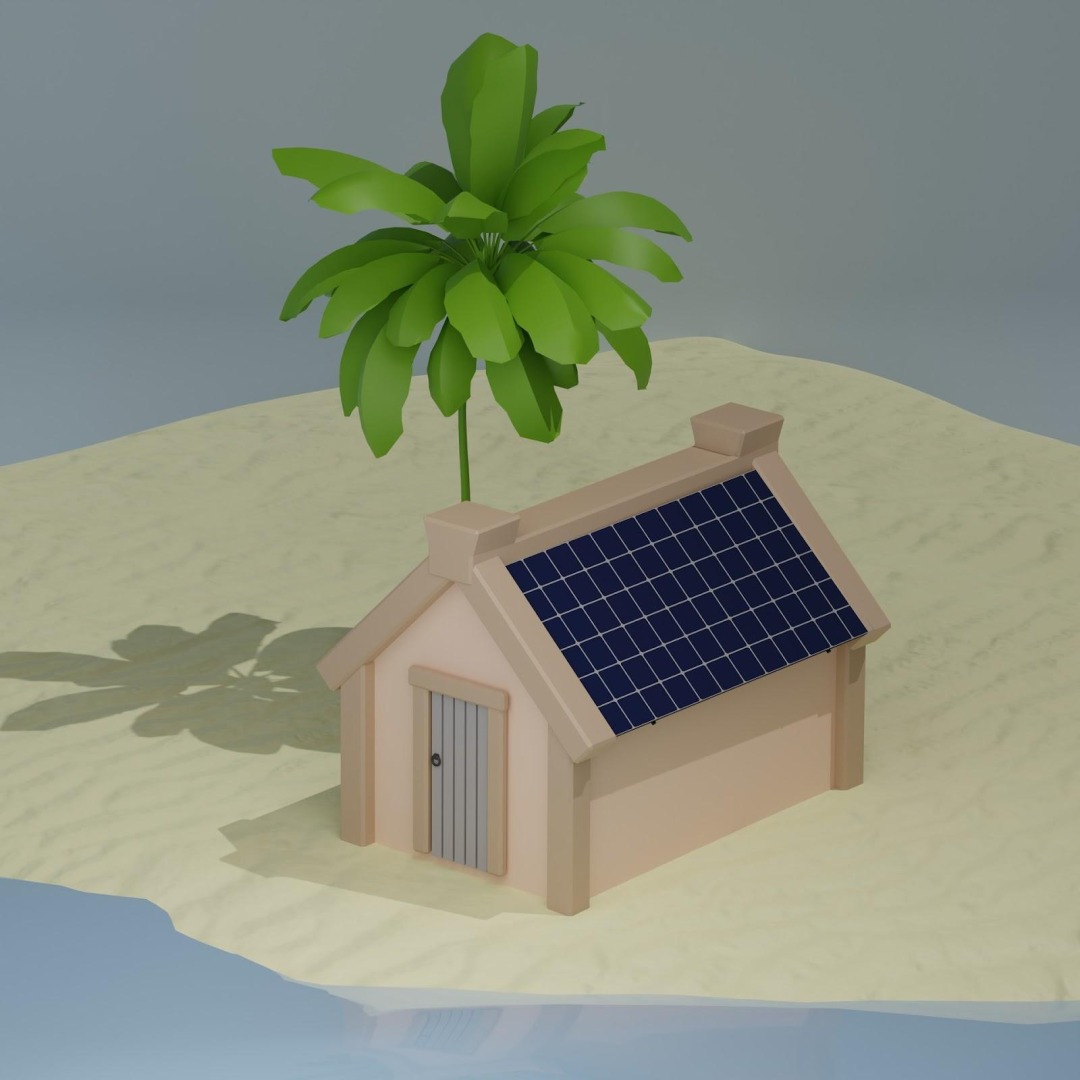Comments
- No comments found

When building an eco-friendly house, an important criterion is the choice and application of the most modern technologies and materials.
In this article, the main solar tech reviews are described, which can help you get a house of your dreams, preserving the environment and saving on the use of electricity.
For the most part, their cost is high, but it is worth paying attention to the fact that during the operation of the equipment all these technologies pay off, and these technologies and materials are not harmful to the environment and your health.
One of these technologies is the use of solar panels to generate the electricity necessary for comfortable living in a private ecological sustainable house or country cottage. It is also possible to use solar energy to heat water, for this, there are solar collectors. Devices in which water is heated by the energy of the sun. The use of renewable energy sources is considered to be eco-friendly. Besides, these sources are essentially infinite.
Solar panels are photovoltaic converters that convert the sun's energy into electrical energy. The more solar energy you get per solar panel area, the more electricity you get at the output.

An electric source can be converted into solar energy using a solar system using the photovoltaic effect. It consists of many solar cells, which are combined into modules. Light is converted into electricity by semiconductor materials in these cells.
The absorbed photons transfer energy to the electrons in the semiconductor, which causes the electrons to be released from the atoms. And the already-released electrons begin to move through the semiconductor, creating an electric current. The latter can be assembled and used to power electrical devices. It can also be accumulated on a third-party device.
For both individual homeowners and developers of utility-scale power plants, solar energy is the cheapest energy in almost all parts of the world. Government incentives make it even more attractive as an investment. Once installed, its near-zero operating and maintenance costs mean it replaces fossil fuels such as coal and natural gas. And its zero emissions and renewable energy source (solar) reduce air pollution and greenhouse gas emissions that cause climate change.
Affordability: Most of the cost of such technologies is their installation by solar energy companies, but as sunlight is free, solar resources typically produce energy with zero (or even negative) marginal costs. Marginal costs are the costs required to produce one additional unit of a product. Electric grid managers often buy electricity from suppliers at marginal costs, so solar often outperforms coal in energy markets.
Low maintenance costs: Once installed, solar panel maintenance is minimal, which is one of the reasons that the marginal cost of solar energy is so low. Rain clears most solar panels. While snow can cover solar panels and interfere with energy conversion, snow melts relatively quickly on the panels' sloped glass, and the albedo (reflected light) from a snow-covered roof or field increases the solar radiation the panels can collect. Solar inverters, which convert the DC electricity generated by the panels into AC electricity that is fed into solar energy homes and the grid, last 10 to 15 years before they need to be replaced. Manufacturers often guarantee a 25-year lifespan for the panels themselves because they have no moving parts. The efficiency of solar panels for home degrades at about 0.5% per year. Even if the degradation rate is twice as fast, solar panels will still be 74% efficient after 30 years. When choosing the company for installation, it is important to check if Solar Panels Covered by Home Insurance work in your situation or not. In case of an unexpected event, you will be able to save a substantial amount.
Zero Emissions: According to the U.S. Department of Energy's National Renewable Energy Laboratory (NREL), a rooftop solar system that provides all of the average household's electricity needs over the life of the system can prevent 100 tons of carbon dioxide from being released into the atmosphere. That's the equivalent of taking four gasoline-powered cars off the road each year or driving 87,000 fewer miles each year.
While there are environmental costs associated with the production and final disposal of solar panels, the solar energy industry is not prone to environmental disasters involving huge loss of life and cleanup costs. There are no such things as solar spills, solar emissions, solar good fires, solar meltdowns, solar mine collapses, solar pipeline explosions, solar runoff, solar tanker collisions, solar train derailments, or leaks at solar processing plants. Indeed, as a result of solar power helping to reduce reliance on coal, carbon emissions from coal in the electricity sector have been reduced by more than 50% over the same period.

To the question, “Can solar energy be used in homes and businesses as efficiently as possible”, there is one answer - of course, yes. There are many interesting possibilities for this.
The units use solar energy to ventilate attics or roofed spaces. Typically, they are mounted on the roof of a building and are designed to remove hot air, moisture, and other harmful fumes from the attic. This is especially true in hot climates or in cases where excess moisture accumulates in the attic.
In general, solar attic fans can be effectively integrated into any energy sustainability solution.
The technology is also called solar roof panels or slabs. It is an innovative solution that combines the functions of roofing and solar panels to generate electricity from solar radiation. This is an efficient way to integrate renewable energy into the roof of the house itself. Externally, solar shingles may look like a regular version of ceramic or other material.
It contains integrated solar panels that convert solar radiation into electricity. Such tiles can have a variety of design options that allow them to be integrated into any sustainable house architectural style. The building's overall appearance is less adversely affected by solar panels.
Solar panels are integrated directly into bricks or building blocks. Eco-friendly homes receive bricks that generate electricity from solar radiation. Externally, solar bricks can look like ordinary bricks and be used in the structure of building walls.
Solar bricks can be integrated into the building structure so that they become part of the architectural design. Now eco-friendly building solutions can be even more efficient. At the same time, without disturbing the appearance of the building or structure.
They have a stable construction that can withstand most weather conditions. For example, rain, snow, and wind. As a result, the service life of the system is extended.
Some solar bricks have additional insulating properties that help keep the heat inside the sustainable house builder. Consequently, the building's heating demand is reduced and its energy efficiency increased.
The technology makes it possible to use solar energy to heat domestic water. The principle itself is simple - solar collectors absorb the heat of sunlight and transfer it to the water in the system. That is, you get hot water without using traditional energy sources. Due to this, energy consumption for heating water is significantly reduced. This is especially true as water heating can be a significant part of a home's energy bill.

The ecological situation in today's world makes us think about how we live and how our lifestyles can affect nature. The trend is that more and more people are really interested in ecological materials, energy-saving principles, and harmless products. Unfortunately, the brand of environmentally friendly products is now an excuse to raise the price tag. But in the field of construction, on the contrary, following eco-principles will help to save money, among other things.
Many countries have set their standards for energy-efficient structures. In some cases, building systems may be energy-efficient, while building materials are not. In such a case, it is important to develop further standards regarding every aspect of green architecture. Better low negative impact materials need to be found. In addition, green architecture should focus on preserving the environment.
Investing in solar energy can be the second biggest investment in your life after buying a house. It can be as expensive as buying a new car, but it can last longer and be much less habit-forming. Taking into consideration solar panel review, knowing the pros and cons means not having the unpleasant surprise when contacting solar power providers.
Leave your comments
Post comment as a guest